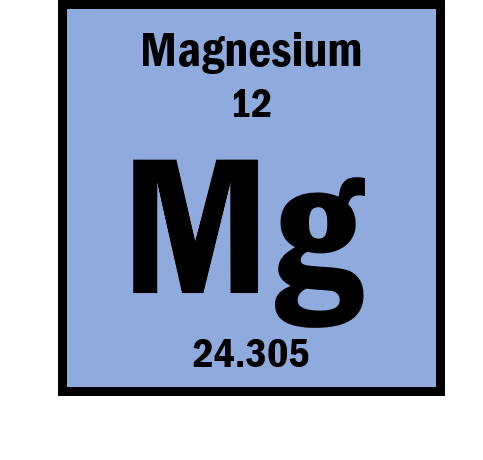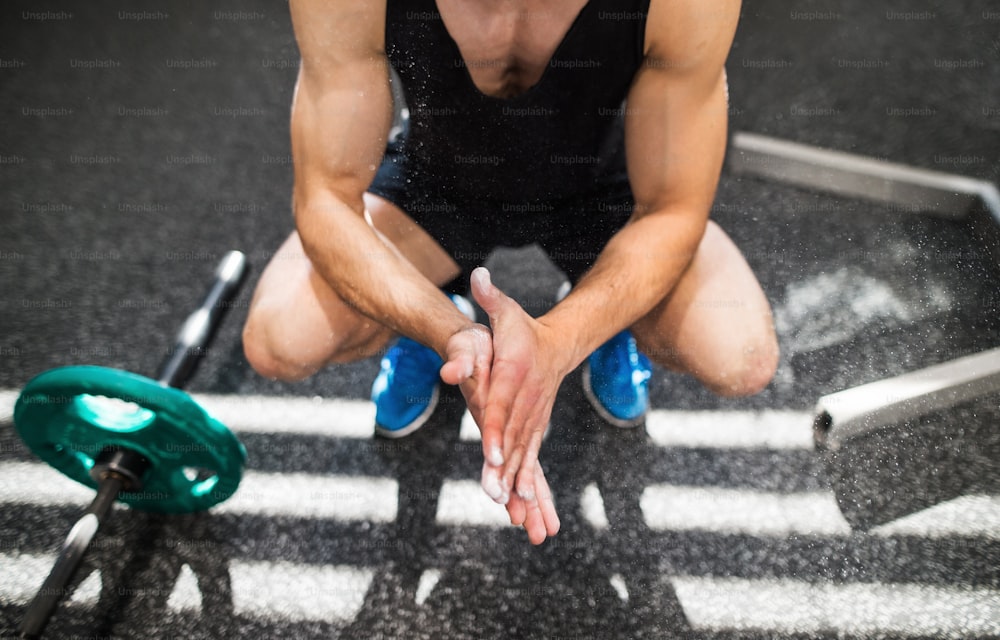
Magnesium Before or After Workout?
Firstly, let’s talk briefly about what Magnesium is. Magnesium is a nutrient that our body needs to stay healthy because it helps regulate: the muscles, nerve function, blood sugar levels, blood pressure, making protein, bone, and DNA. Now that we understand its function, we can talk about whether or not if Magnesium should be taken before or after a workout. If you want to read more about what Magnesium does and how much you should be taking, you can read this article here.
Generally, magnesium should be taken after a workout, but it depends on a few factors:
- If you’re managing a load of stress during workouts (boxing, powerlifting etc.) then taking magnesium before exercise will help the body adjust to the stressor easily.
- If you’re strength training, taking magnesium before a workout can help improve performance.
Working out takes a considerable toll on the body, especially the muscles. That is why it’s important to take vitamins that complement the process. Magnesium is rated as nature’s best vitamin for exercise. In this guide, we’ll break down its purpose, whether to have magnesium before or after a workout, and easy ways to add it to your diet.
In general, the question is whether you should be having magnesium before or after a workout? Some experts would say that having magnesium after a workout can help speed up muscle recovery. However, if you are low on magnesium to begin with, then taking magnesium before a workout is a good idea to reduce cramps.
However, magnesium is water-soluble. This means that a lot of it will be lost while you are sweating in the gym. This is why it can be difficult to keep track of magnesium levels. Unless you’re bodybuilding, it is better to take magnesium after a workout.

Magnesium Before or After Workout?
If you decide to take Magnesium after a workout like most experts would agree, then continue reading to understand the benefits. Magnesium is largely responsible for muscle recovery and healing. It handles over 300 metabolic functions in the body, so no matter what part of the body you work on, the magnesium covers it.
Here are a few benefits of taking magnesium when you’re spending long hours at the gym:
- It improves metabolism so that you can lose fat faster without holding onto additional weight.
- It relaxes the muscles so that there is less strain and soreness on the body.
- It improves sleep, which is especially important when you are doing intense workouts.
- It balances stress and energy levels.
These are some of the reasons why experts agree that magnesium after a workout is a good idea.
The Best Way to Get Magnesium
There are several different ways to incorporate magnesium within an exercise regimen:
- Himalayan salt is one of the best sources of magnesium. It’s commonly found, easily dissolves in water, and you only need a pinch of it.
- Magnesium pills are convenient and easy to track, but they can cause an upset stomach. They may even lead to excess intake of magnesium.
- Magnesium rich foods.

Magnesium Rich Foods Include:
Mineral, bottled, and tap water can be sources of magnesium. How much magnesium will depend on the brand.
Magnesium rich food is going to be found in fiber rich food like green vegetables, as well as nuts, seeds, legumes, and whole grains. The following foods shown in milligrams on this list:
- pumpkin seeds, 30g — 156mg
- chia seeds, 30g — 111mg
- almonds, 30g — 80mg
- spinach, boiled, ½ cup — 78mg.
- cashews, 30g — 74mg
- peanuts, ¼ cup — 63mg
- soymilk, 1 cup — 61mg.
- rolled oats, cooked in unsalted water, 100g — 29mg.
- bread, whole wheat, 2 slices — 46mg
- avocado, cubed, 1 cup — 44mg.
- rice, brown, cooked, ½ cup — 42mg.
- milk, 1 cup — 24mg.
If you have a high fat diet, you might absorb less magnesium from your food according to healthdirect.gov.
Frequently Asked Questions
Why do bodybuilders take magnesium?
Magnesium is an all-in-one magic pill for muscles. It helps to loosen tight knots, manage stress, improve flexibility, maintain energy levels and enhance sleep. This is why bodybuilders and strength trainers tend to take magnesium. It helps them maintain their physique, stay consistent with their goals, and follow a strict regimen that works.
What are the signs of low magnesium?
The biggest sign of low magnesium includes muscle spasms and twitches. Other symptoms may be seen in the form of calcification of the arteries, depression, high blood pressure, drowsiness, and discomfort during pregnancy. Individuals with low magnesium are usually asthmatic and may notice an irregular heartbeat.
Final Thoughts
If you are hitting the RDI of 400mg through food, then supplementing should not be necessary. However, most Americans are deficient in magnesium because they are not getting enough of it through their diet. If that is the case for you and you suffer from muscle soreness, and cramping, “Frank has found that 200mg magnesium supplement is good for lifters.” according to this article.
Now that you know the answer to whether you should have magnesium before or after a workout, it’s time to choose the best way to have it and stay consistent.
Taking Magnesium as a post-workout, especially if you will be performing a high intensity workout can help your body speed up muscle recovery. This nutrient is essential in preventing muscle cramps and reduce soreness after exercise.
If you have enjoyed this article, please check out more content from us by clicking on this link here!
